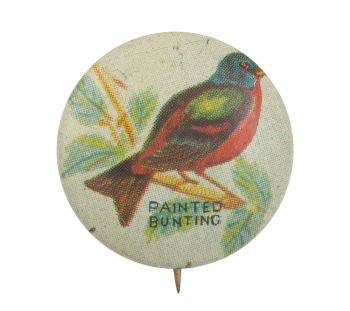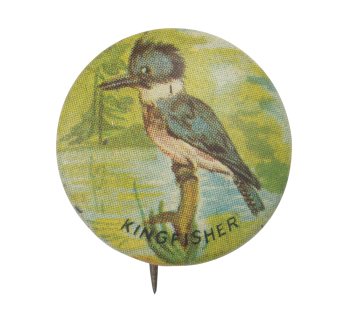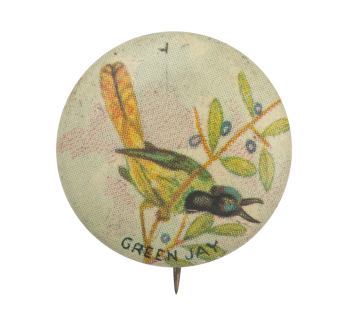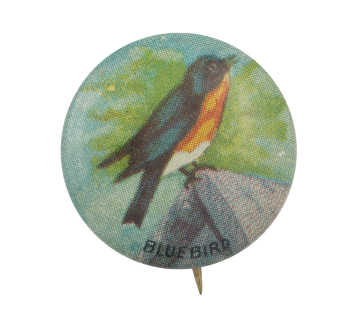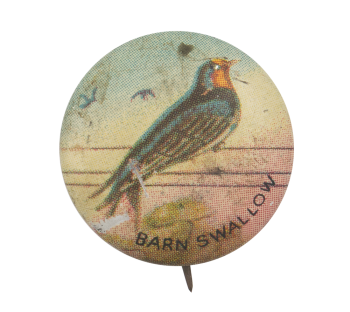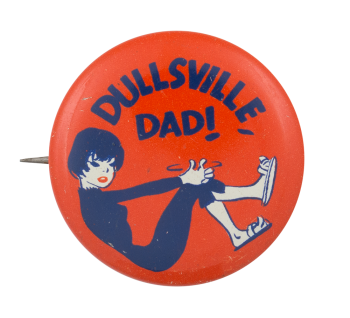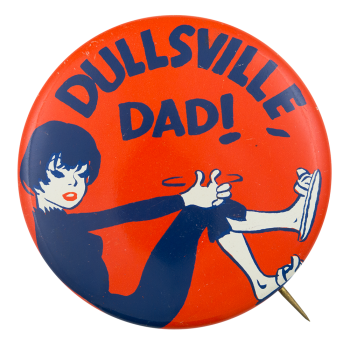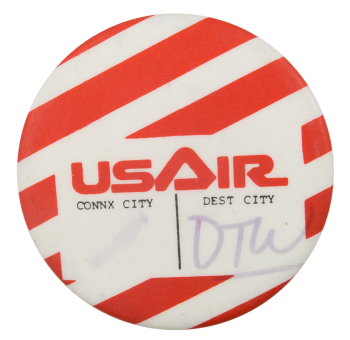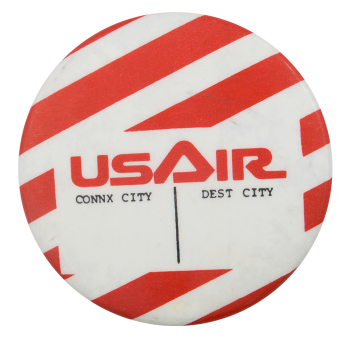Painted Bunting
| Category | |
|---|---|
| Additional Images | |
| Sub Categories | |
| Text on Button | PAINTED BUNTING |
| Image Description | Illustration of a red, green blue and brown bird on a branch with green leaves with a blue sky |
| Back Style | |
| The Shape | |
| The Size | |
| Year / Decade Made | |
| Additional Information | As part of a set of 40, this button features a Painted Bunting. Painted Buntings are colorful medium sized birds that live in North America and migrate to Central America in the winter. Male Painted Buntings were once popular caged birds, but due to their capturing and the destruction of their habitat it is illegal to harm, capture or sell them. According to a Native American legend, when the great spirit was painting the world he used all the remaining paint to color the Painted Bunting. |
| Catalog ID | AR0347 |

